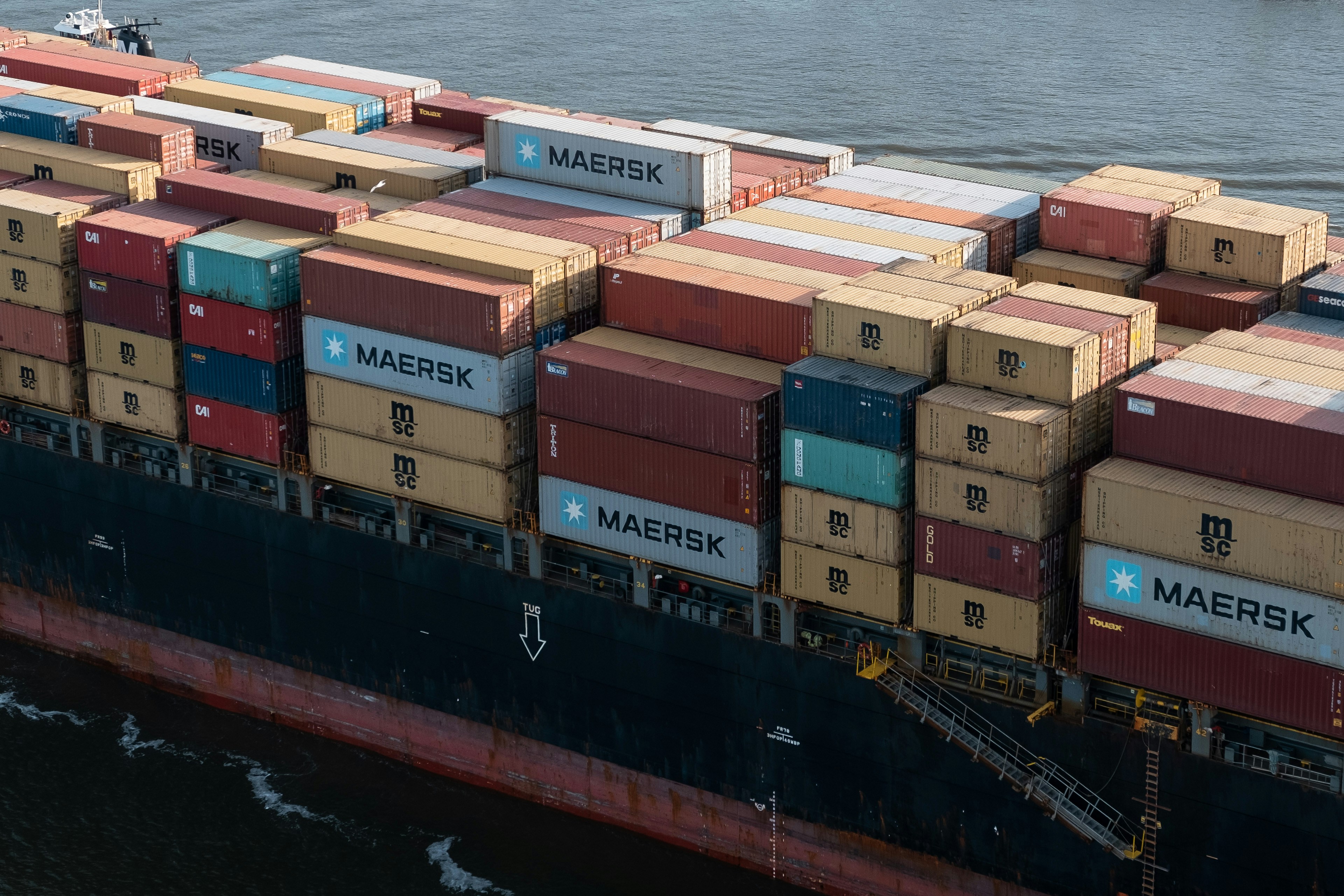The 2024 State of Logistics Report, aptly titled “Waiting for the Tide to Turn,” offers a comprehensive analysis of the logistics industry’s current landscape. As we delve into the intricate details of this report, it becomes evident that the sector is navigating through a period marked by both challenges and opportunities. Here’s a closer look at the key highlights and what they mean for the future of logistics.
A Global Economy Under Pressure
The global economy is expected to grow by a mere 2.5% in 2024, marking the slowest half-decade of output growth in three decades. High inflation and geopolitical instability, including military conflicts and increasing trade fragmentation, are major disruptors. These factors are reshaping the logistics landscape, creating both challenges and opportunities for industry players.
Air Freight: Balancing Demand and Capacity
Air freight demand is predicted to rise by 4.5% in 2024, yet revenue is expected to decline. The sector is grappling with geopolitical uncertainties and the return of passenger belly capacity, which affects cargo space availability. This dynamic requires careful navigation to balance demand with fluctuating capacity.
Parcel and Last Mile: The E-commerce Powerhouse
E-commerce continues to be the main driver of the parcel market, although its growth has slowed slightly. In 2023, Amazon surpassed UPS and FedEx in total US deliveries, highlighting the shift towards regional carriers and diversified shipping strategies. As e-commerce evolves, so do the demands on last-mile delivery, making flexibility and efficiency more critical than ever.
Third-Party Logistics (3PL): Evolving and Adapting
The 3PL sector is at a turning point. Providers are investing in asset-heavy services and technology to compete with traditional asset-based providers. Additionally, some large shippers are monetizing their logistics capabilities, transforming their operations into potential profit centers. This evolution requires significant investment in technology and a strategic approach to service quality.
Freight Forwarding: Navigating Challenges
Freight forwarders face a tough environment with weak demand, excess capacity, and geopolitical uncertainty. Long-term client partnerships and operational efficiency are essential strategies for stabilizing revenue streams and maintaining competitiveness in a challenging market.
Water and Ports: Facing Demand and Capacity Issues
Waterborne freight continues to suffer from muted demand and excess capacity, exacerbated by geopolitical conflicts affecting major shipping routes. Climate-related disruptions also pose significant risks, requiring adaptive strategies to maintain stability in the face of these challenges.
Motor Freight: Striving for Balance
The motor freight sector is dealing with excess capacity and low demand, leading to a significant downturn. Carriers are focusing on optimizing transportation assets and leveraging technology to improve efficiency and reduce costs, positioning themselves for a future market recovery.
Rail: Overcoming Structural Challenges
Class I railroads experienced financial difficulties in 2023, with declining revenue and rising costs. Significant investments in technology and operational changes are necessary for the rail sector to achieve sustainable growth and overcome persistent structural issues.
Warehousing: Adjusting to New Realities
High inventory levels and increased vacancies characterize the current warehousing sector. Companies are working to improve capacity utilization and exploring subleasing options for unused space. This focus on efficiency is crucial as the sector adapts to changing market conditions.
Sustainability: Progress Amid Challenges
The logistics industry is making strides in sustainability through innovative business models and partnerships. However, scope 3 emissions and political uncertainties remain significant challenges. Continued progress requires a collaborative approach and sustained investment in green initiatives.
Network Trends: Redesigning for the Future
Shippers are reconfiguring their distribution networks to enhance cost efficiency and resilience. Advanced technologies and strategic partnerships are key to unlocking new savings and strategic advantages. This trend towards network redesign is a response to the need for greater capacity, agility, and flexibility in an uncertain global environment.
Conclusion: Embracing the Future of Logistics
The 2024 State of Logistics Report underscores the complexity of the current landscape. Logistics executives and policymakers must navigate a dynamic environment marked by both challenges and opportunities. By embracing technological advancements, fostering strategic partnerships, and maintaining a flexible approach, the industry can turn uncertainty into a catalyst for growth and innovation.
As we look ahead, it’s clear that the logistics sector is at a pivotal moment. The ability to adapt and innovate will determine which players emerge stronger and more resilient in the years to come.



